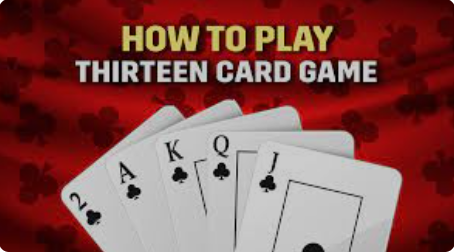Card games have been a source of entertainment and social interaction for centuries, offering a diverse range of experiences from simple family fun to complex strategic challenges. Whether you’re a novice looking to learn the basics or an experienced player aiming to refine your skills, understanding the fundamentals of how to play card games is essential. This comprehensive guide will introduce you to the world of card games, covering their history, basic rules, popular variations, and strategies to enhance your gameplay.
A Brief History of Card Games
The origins of card games can be traced back to ancient China, where paper playing cards were first recorded during the Tang dynasty (618–907 AD). From there, card games spread to India, Persia, and eventually made their way to Europe by the late 14th century. Over time, various cultures developed their own unique games and decks, leading to the rich tapestry of card games we enjoy today.
Understanding the Standard Deck
Most card games utilize a standard 52-card deck, which consists of four suits: hearts, diamonds, clubs, and spades. Each suit contains thirteen ranks, ranging from Ace (often considered the highest or lowest card, depending on the game) to King, Queen, Jack, and numbered cards from ten to two.
Basic Terminology in Card Games
Familiarizing yourself with common card game terms will enhance your understanding and enjoyment of the games. Here are some essential terms:
-
Hand: The set of cards dealt to a player.
-
Deal: The distribution of cards to players.
-
Trick: A round in which each player plays one card; the highest-ranking card wins the trick.
-
Trump: A suit that is elevated above others, allowing its cards to outrank cards of other suits.
-
Bid: A declaration of the number of tricks a player expects to win.
-
Meld: A combination of specific cards that score points in games like Rummy.
How to Play Card Games: General Steps
While specific rules vary, most card games follow a general structure:
-
Choosing the Game: Decide on a game that suits the number of players and desired complexity. Popular choices include Poker, Rummy, Hearts, and Spades
-
Shuffling and Dealing: Shuffle the deck thoroughly to ensure randomness. The dealer then distributes the appropriate number of cards to each player, following the chosen game’s rules.
-
Understanding the Objective: Each game has a specific goal, such as forming particular card combinations, winning tricks, or accumulating points. Ensure all players understand the objective before starting.
-
Playing the Game: Players take turns following the game’s mechanics, which may involve drawing and discarding cards, playing cards to a central area, or making bids.
-
Scoring and Winning: At the end of the game or round, scores are tallied based on the game’s scoring system. The player or team with the highest score or who meets the winning conditions is declared the winner.
Popular Card Games and Their Rules
Poker
Poker is a family of gambling games that combines strategy, skill, and luck. Players bet based on the strength of their hands, aiming to win chips or money. The most popular variant is Texas Hold’em.
Basic Rules:
-
Each player is dealt two private cards (hole cards)
-
Five community cards are dealt face-up in three stages: the flop (three cards), the turn (one card), and the river (one card)
-
Players use any combination of their hole cards and the community cards to make the best five-card hand.
-
Betting rounds occur before the flop, after the flop, after the turn, and after the river.
Objective: Win chips by having the best hand or by convincing other players to fold.
Rummy
Rummy is a group of matching-card games notable for similar gameplay based on matching cards of the same rank or sequence and same suit.
Basic Rules:
-
Each player is dealt a set number of cards.
-
The remaining cards form a draw pile, with one card turned up to start the discard pile.
-
Players take turns drawing from the draw pile or discard pile and then discarding a card.
-
The goal is to form sets (three or four cards of the same rank) and runs (three or more consecutive cards of the same suit).
Objective: Be the first to meld all cards into valid sets and runs.
Hearts
Hearts is a trick-taking game where the goal is to avoid certain cards that carry penalty points.
Basic Rules:
-
Each player is dealt an equal number of cards.
-
Players pass three cards to an opponent before play begins.
-
The player with the 2 of clubs leads the first trick.
-
Players must follow suit if possible; otherwise, they can play any card.
-
Hearts are penalty cards worth one point each; the Queen of Spades is worth 13 points.
Objective: Have the lowest score by avoiding penalty cards.
Spades
Spades is a partnership trick-taking game with spades as the trump suit.
Basic Rules:
-
Each player is dealt 13 cards.
-
Players bid the number of tricks they expect to take.
-
Players must follow suit if possible; if not, they may play a trump card (spade) or any other card.
-
The highest card in the lead suit wins the trick unless a trump card is played.


Comments are closed.